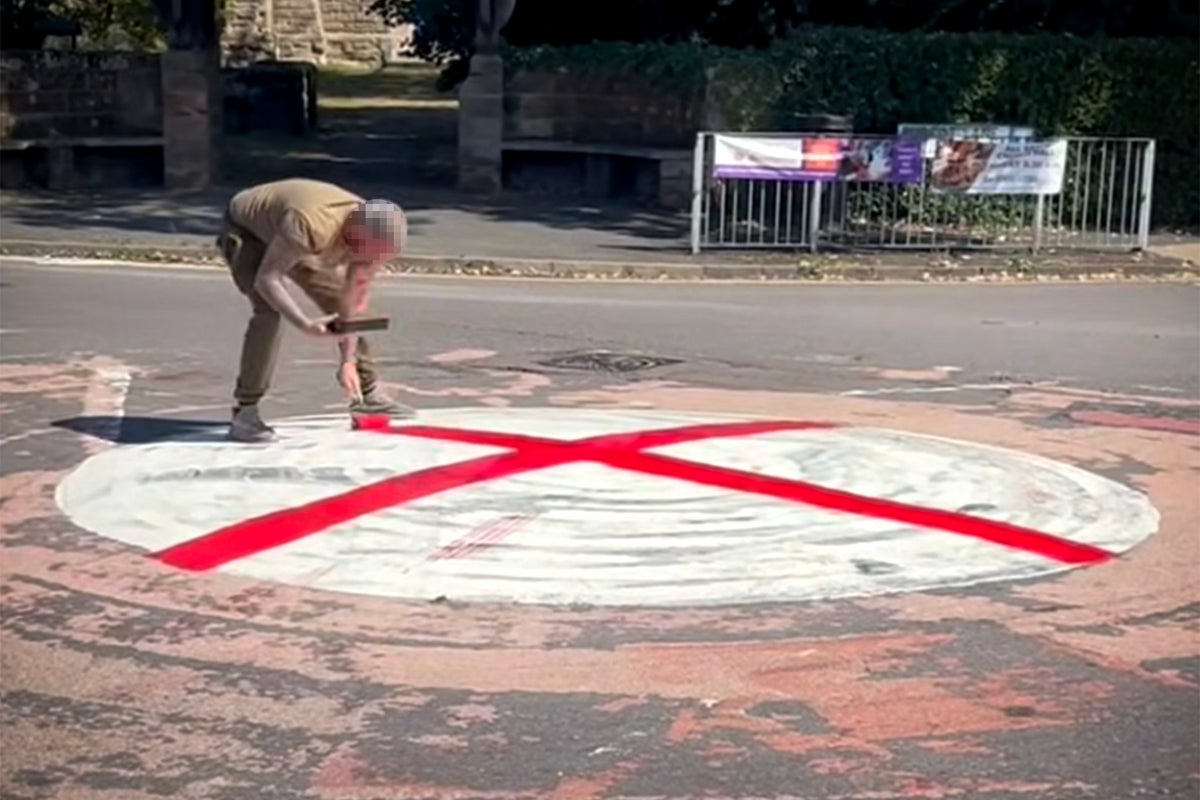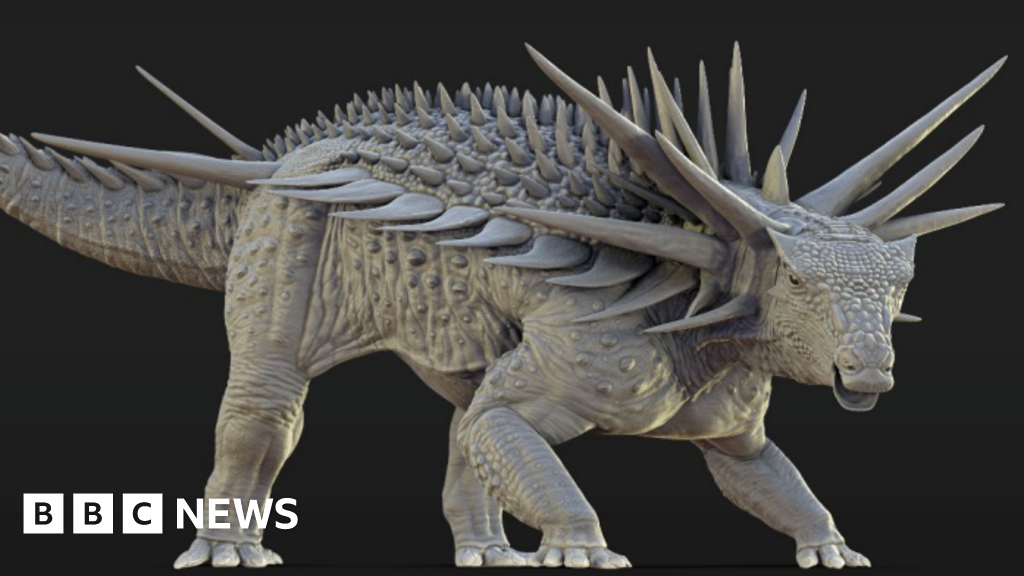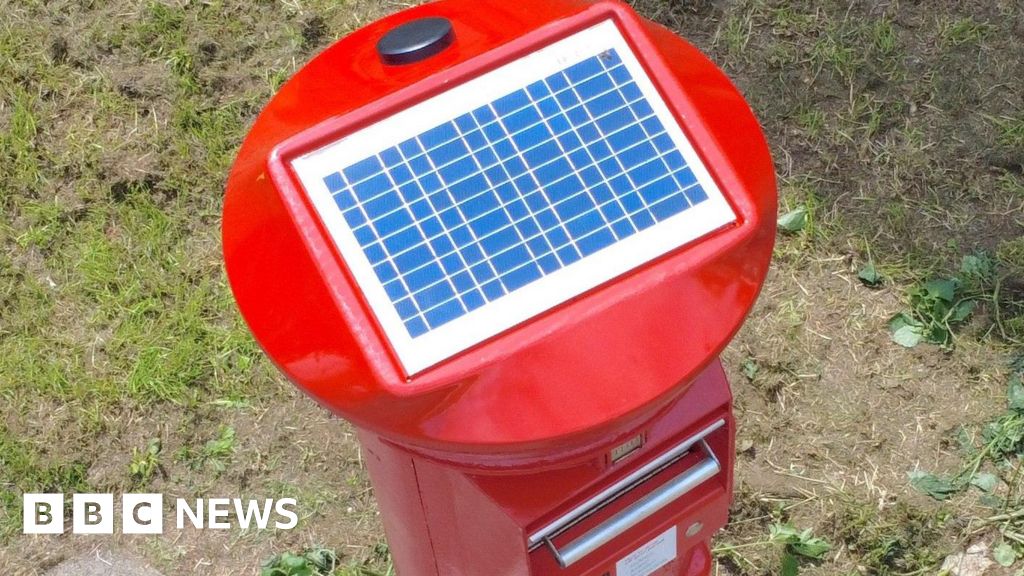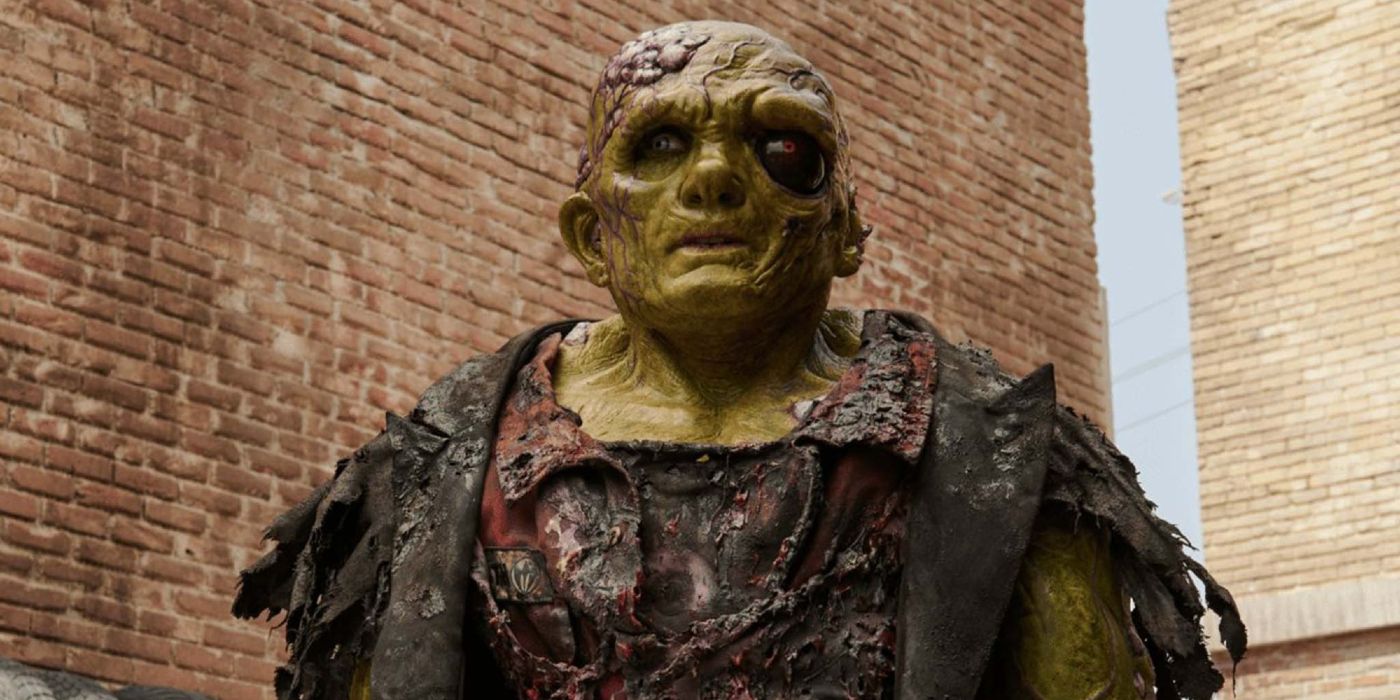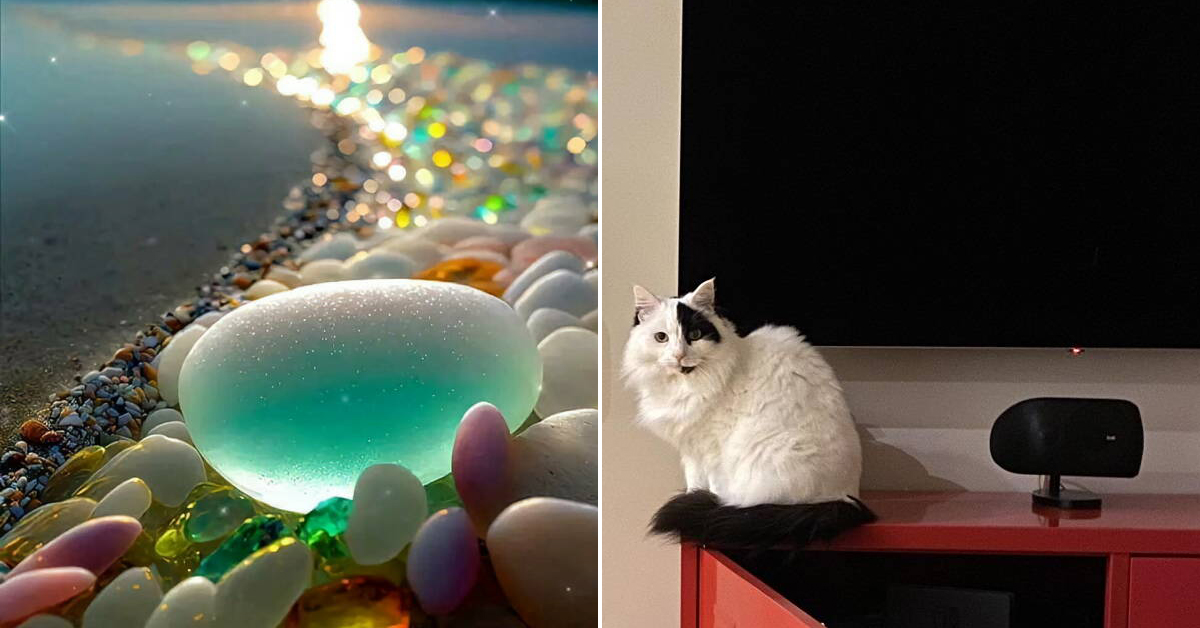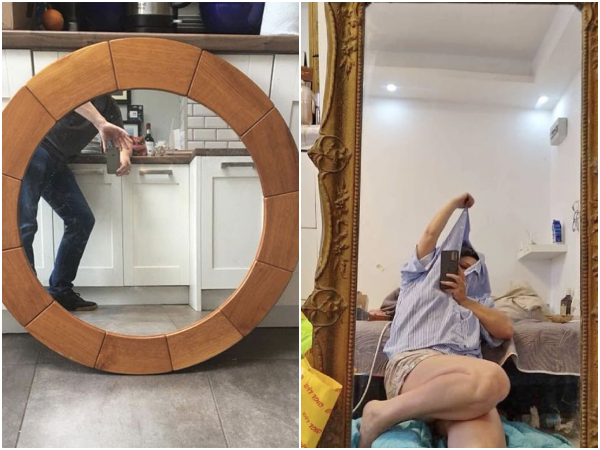This modern AC alternative is inspired by an ancient cooling technique
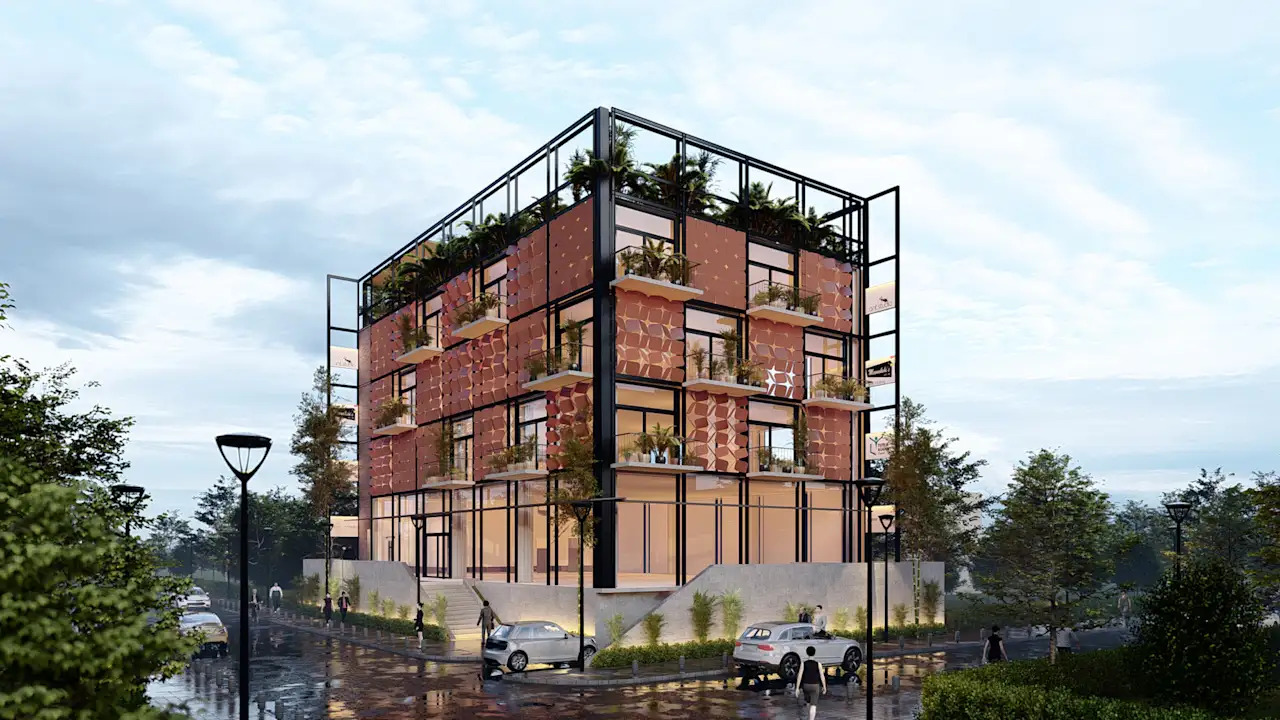
When the heat index in Delhi, India, reached 125 degrees Fahrenheit this summer, so many people cranked up their air-conditioning that it led to power cuts.
It’s one fundamental problem with modern AC: It’s least reliable when demand is highest. Surging power use from air conditioners also adds to emissions, and climate change leads to more heat waves that lead to more AC use, in an escalating feedback loop.
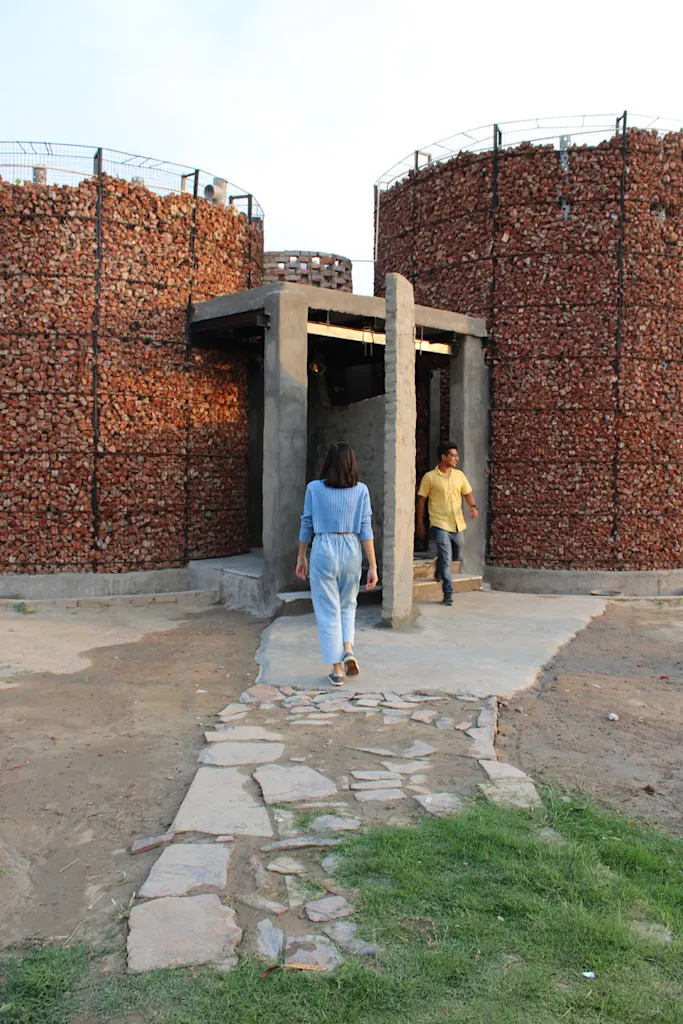
Some startups are trying to shrink the power use and carbon footprint of modern air-conditioning. But others are using ancient cooling techniques as inspiration. In India, some architects are turning to a material that’s been used for cooling for thousands of years: terra-cotta.
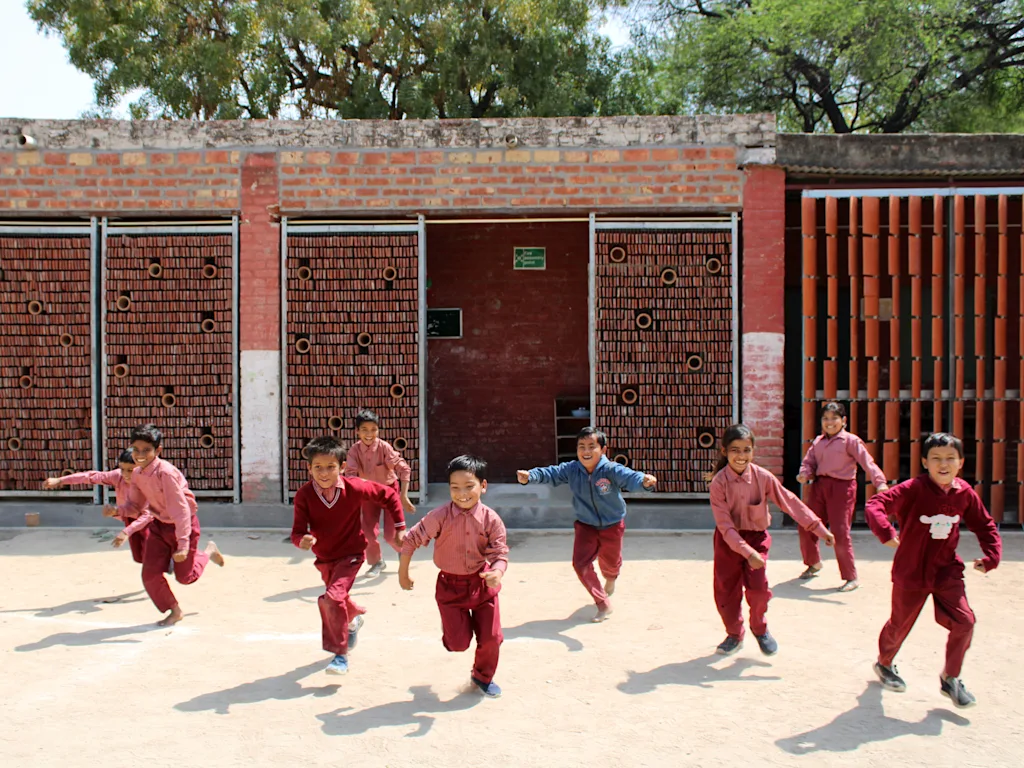
“The idea is inspired by nature, traditional techniques, and modern technology,” says Pranjal Maheshwari, an architect at Delhi-based Ant Studio, the design firm that makes a terra-cotta cooling system it calls CoolAnt.
Terra-cotta, made from unglazed clay, has a long history of use in hot climates. In India, traditional terra-cotta pots are still used to cool down water without refrigeration: Tiny pores in the terra-cotta let a little bit of water seep to the outside of the pot and evaporate, pulling heat away from the water.
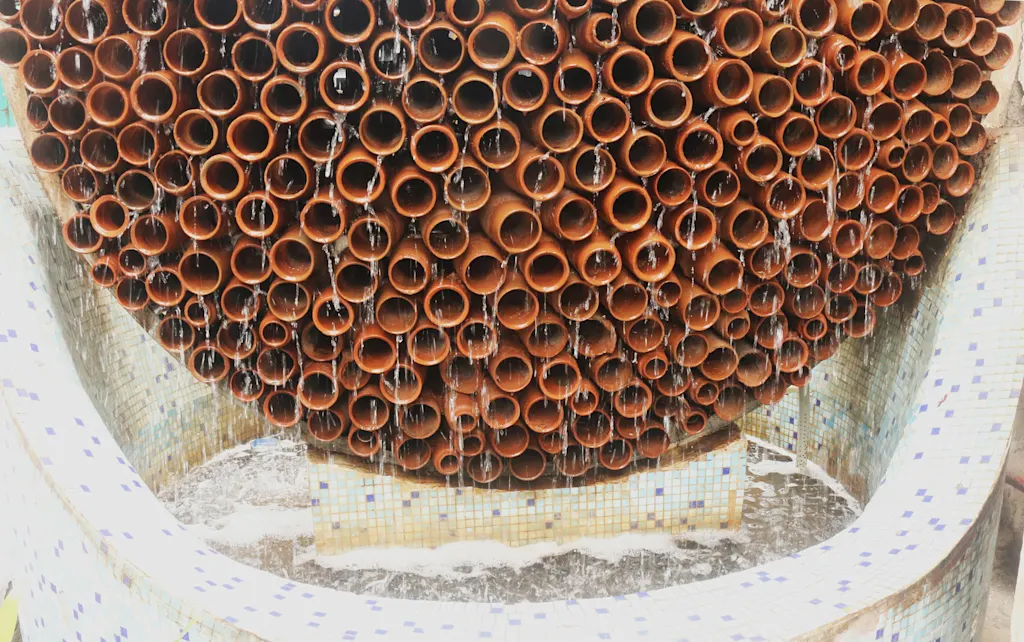
CoolAnt uses a similar approach. Water drips down a facade of terra-cotta tiles or pots and evaporates, cooling the surrounding air. The system can also be installed in windows, similar to latticework used in traditional Indian architecture. The intricate designs offer shade and ventilation.
The first installation, in 2017, was inside a semiconductor factory that was struggling with heat from a diesel generator. The architects had been considering their design for an evaporative cooler and decided to test it. “This gave us an opportunity to move beyond theory and try it hands-on,” says Maheshwari. Since then, the company has designed around 50 different systems, from building envelopes to art installations.
There are multiple variations on the idea. Several designs take inspiration from nature. One screen uses a beehive pattern to maximize surface area. Other tiles, shaped like leaves, mimic the way that trees use evaporative cooling. Some of the systems use sensors to monitor the temperature, and when it gets hot, a low-power pump begins dripping water over the terra-cotta. The water that doesn’t evaporate is collected and recirculated.
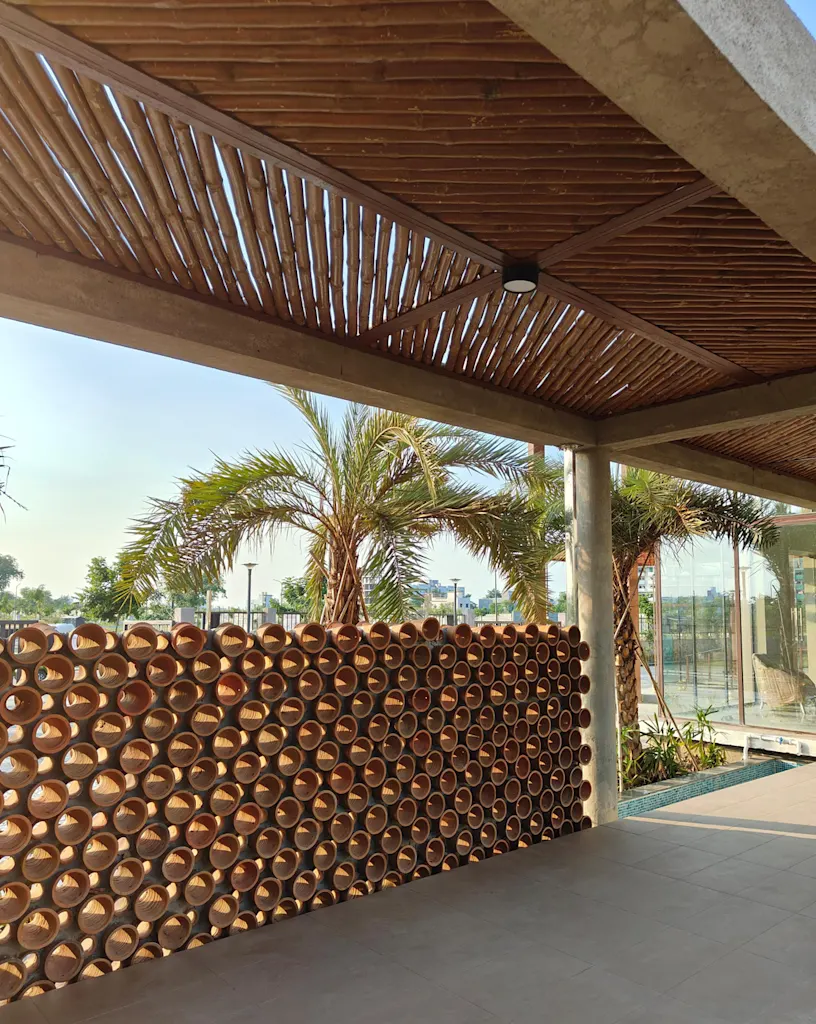
In a hot, dry climate, evaporative cooling can help reduce temperatures by as much as 18 degrees Fahrenheit. (On a humid day in India, it’s less effective, though the shade and ventilation from the system still help.) On its own, in most cases, it isn’t enough to replace air-conditioning. But it can help reduce the use of AC.
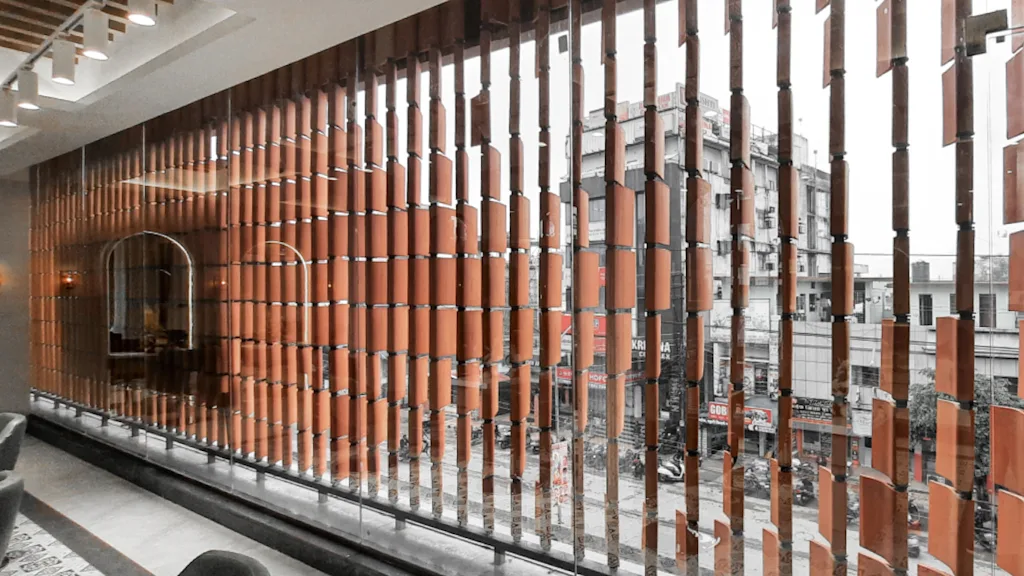
“CoolAnt installations can precool outdoor air before it enters conventional HVAC systems, reducing the cooling load on traditional air conditioners and improving their efficiency,” says Maheshwari, noting that buildings can also use CoolAnt in transitional spaces like lobbies or courtyards. The system can also make it possible to avoid using AC when it’s only moderately hot outside, or to use air-conditioning for a couple of hours rather than all day.
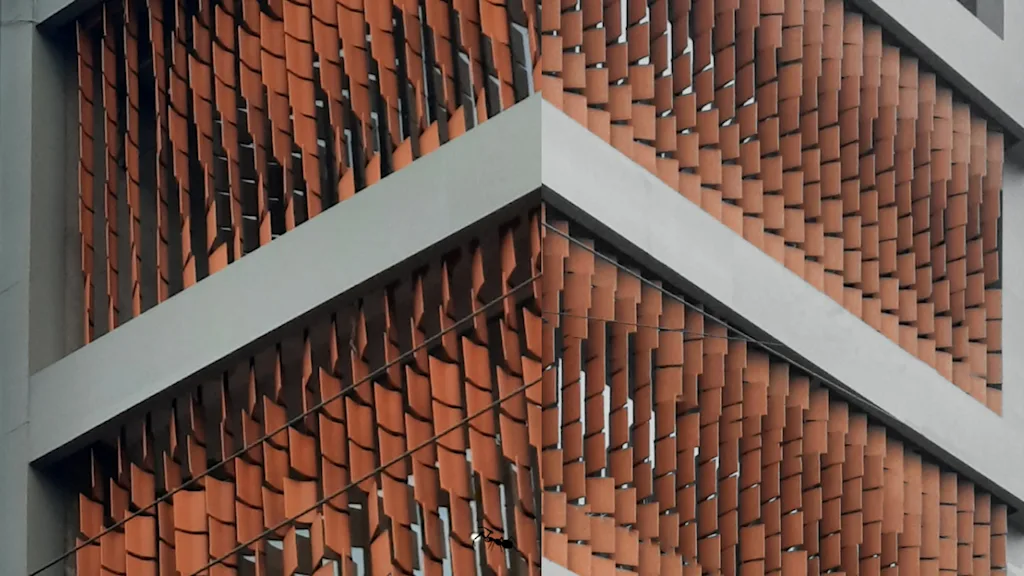
It’s one of several different passive cooling approaches that can be taken to respond to extreme heat, from ultra-white paint to new “supercool” cement. It makes sense, the architects say, to rethink our reliance on air-conditioning—especially when its use is growing so quickly around the world. In some Indian cities, sales of cheap AC units grew more than 1,000% last year.
What's Your Reaction?
 Like
0
Like
0
 Dislike
0
Dislike
0
 Love
0
Love
0
 Funny
0
Funny
0
 Angry
0
Angry
0
 Sad
0
Sad
0
 Wow
0
Wow
0


